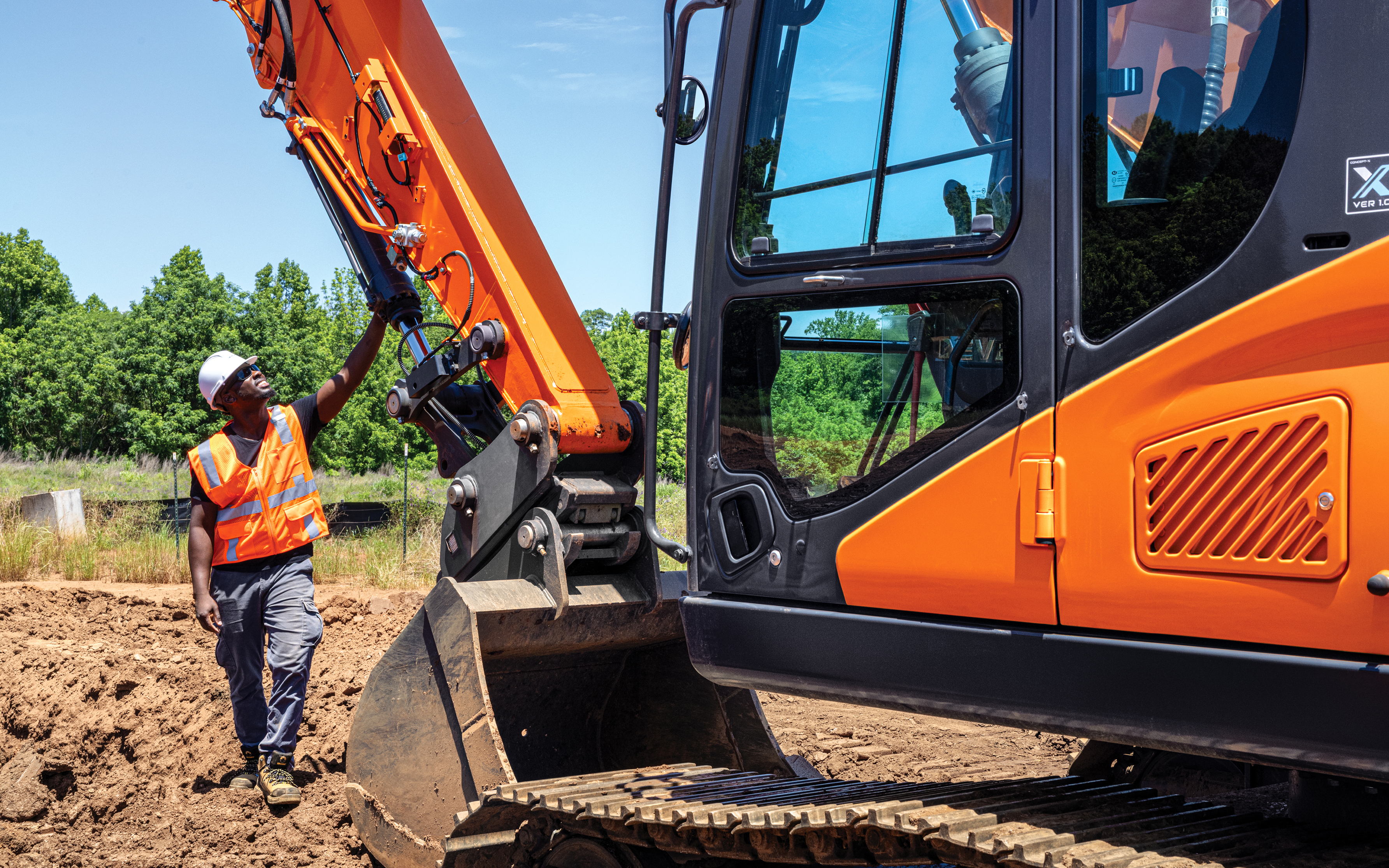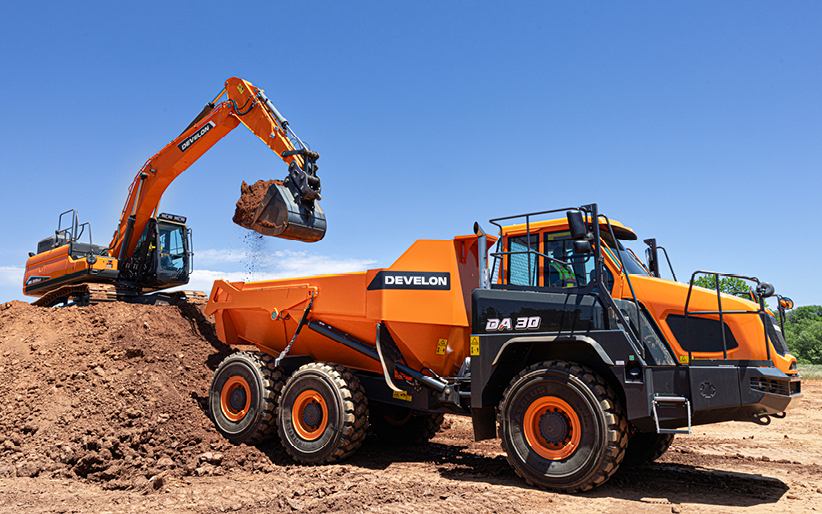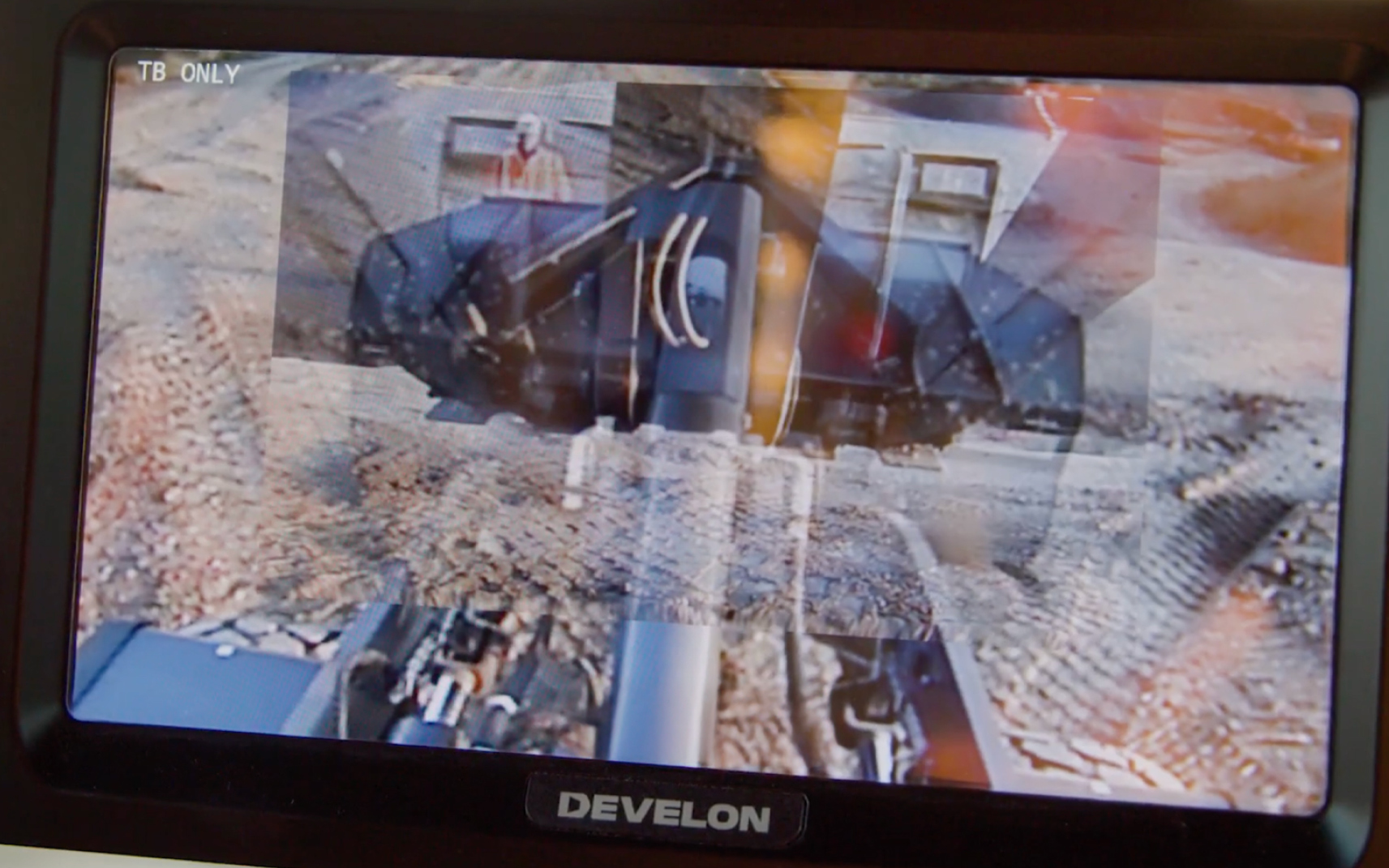Nothing is more important in the construction industry than employee safety. June is National Safety Month, and now is a good time to reinforce the importance of safety when operating heavy equipment on a construction site.
Whether you’re an owner or an operator of construction equipment, it’s good practice to understand the risks and hazards associated with such machinery.
Here are four tips to help enhance safety on your job sites and minimize the risk of accidents and injuries.
Provide Training and Education
Whether you’re an experienced heavy equipment operator or new to construction, following safety procedures begins with training and education.
It’s crucial for all heavy equipment operators to understand equipment safety precautions before using such machines as crawler excavators, wheel excavators, wheel loaders, articulated dump trucks and log loaders.
Start with the Operation & Maintenance Manual included with every new machine. It’s a primary guide for proper operation and machine maintenance. It’s a good idea to keep the manual in the machine’s cab for quick reference. You can also request an electronic copy, such as a PDF, for easy access on a smartphone or tablet.
Next, do a walk-around of the equipment and review all safety and instructional decals. The decals should be placed on the interior or exterior of heavy equipment to alert workers about potential hazards and the consequences of injury. Replace worn, damaged or missing decals.
Additional safety materials are available from The Association of Equipment Manufacturers (AEM). These are available in print and digital formats and serve as complementary resources on proper operating procedures.
Wear Personal Protective Equipment (PPE)
When you’re working around heavy equipment, it’s crucial to wear personal protective equipment (PPE). The following PPE is recommended for construction workers:
- Hard hat
- Heavy gloves
- Hearing protection
- Reflective clothing
- Safety glasses
- Safety shoes
- Safety vest
In addition to national safety requirements, check local requirements for construction sites to comply with PPE standards. Standards may vary by location and job site situations. For example, OSHA has state-specific requirements for 22 states.
Not only is it important to wear PPE, but you should also know how to wear it properly and how to adjust it. Know the limitations of the PPE and how to care for and maintain it.
Get In and Out Safely
You might take for granted climbing in and out of construction equipment. Wet or dirty steps or tracks can make it difficult to mount and dismount the machine.
We recommend always using the grab handles and steps that are provided for a three-point contact when entering and exiting the machine. When climbing into the cab of a tracked machine such as a dozer or crawler excavator, use your feet and one hand to maintain three points of contact. Maintaining three points of contact can help reduce the risk of slips and falls.
It’s a good idea to remove dirt, mud, snow and ice from the steps of your equipment before climbing on it. Use a stiff-bristled brush to sweep away debris. For warm-weather situations, use a pressure washer to remove stubborn mud and dirt from the steps.
Once inside the cab, always wear your seatbelt. It might seem like an inconvenience, but it is common sense to wear it for safe operations.
Use Safety Technology
DEVELON offers more safety technology for construction equipment today than ever before. We do so because we want to make it as safe as possible for operators and ground workers. Even properly trained operators may need some help, and new technology is enhancing features like visibility.
A leading safety feature for our wheel loaders is the standard Transparent Bucket. This industry-exclusive technology can help eliminate blind spots with an unobstructed view in front of the wheel loader bucket. When it’s activated, operators can see objects or terrain in front of the bucket and avoid potential heavy equipment hazards.
While rearview cameras have been available for a while, sideview cameras are now available as an option for crawler excavators. A side view camera gives excavator operators a better view of what’s beside the machine. The monitor in our DEVELON excavator can show the rearview and side view camera views side by side.
Another available option is our around view monitor (AVM) camera system. The AVM system provides up to 270 degrees of enhanced visibility in our wheel loaders and up to 360 degrees in our excavators.
On top of these visibility features, we also offer an object detection system. Ultrasonic proximity sensors notify operators when an object is within a certain distance from the machine. There’s no need for hand signals when this system alerts operators to nearby objects.
A flashing green caution box will appear to notify the operator if there’s an object 8 to 12 feet behind the wheel loader. A yellow caution box will appear if the object is 4 to 8 feet away, and the system will emit a beeping sound to provide an audio alert. A red triangle and red border notification is visible if the object is closer than 4 feet.
Do your part to make safety a priority every month, not just June. Read more about our latest wheel loader technology and safety features in this blog.

By Thomas Lee, Director of Product Management
Thomas Lee is director of product management at DEVELON, overseeing product and innovation. He has more than 13 years of experience working in the heavy equipment industry.



